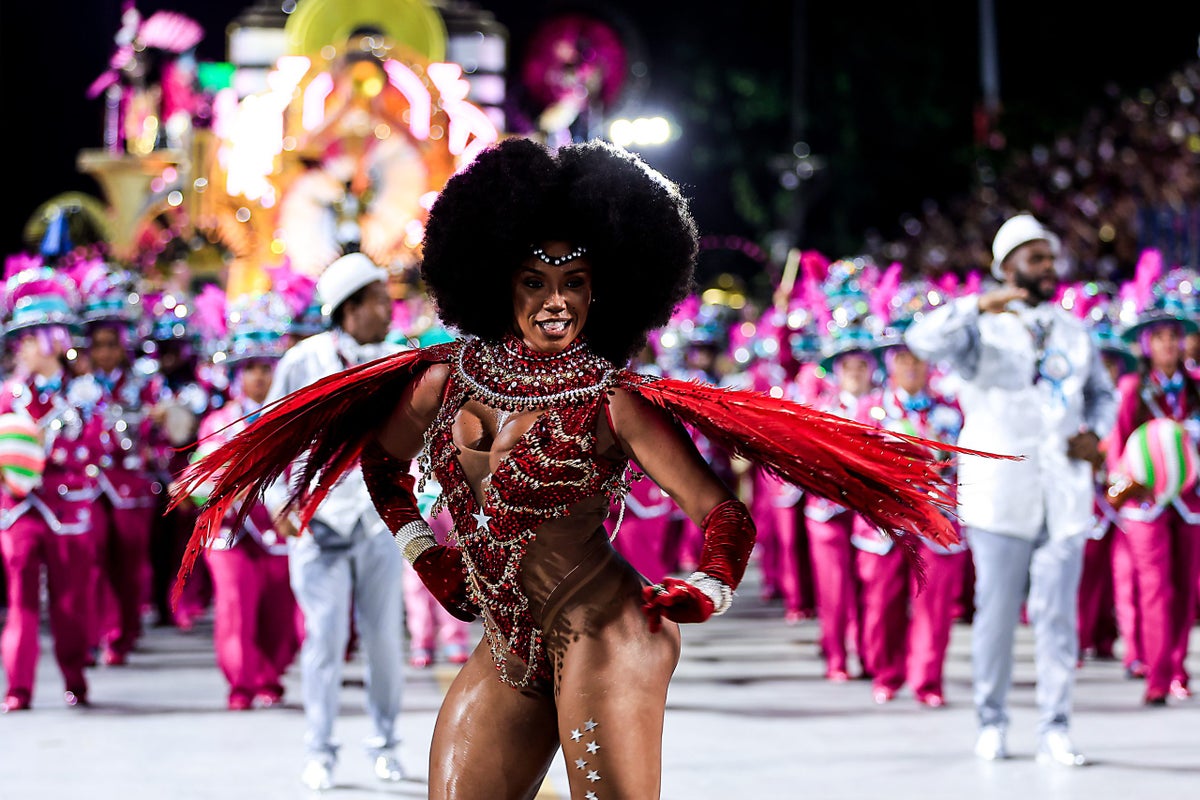
As a longtime fan of Netflix’s “Love Is Blind” franchise, I was excited when the first six episodes of season six dropped. But I was disturbed after watching the hit show’s latest season, especially during the scenes when the cast of engaged couples finally convened in the Dominican Republic.
It all culminated in the most recent episode, appropriately entitled “Feeling Uncomfy” wherein Amber Desiree Smith (nicknamed AD), a beautiful, brown-skinned Black woman and former NFL cheerleader, was objectified and hypersexualized by other white cast members. It was particularly noteworthy because AD’s experience starkly contrasts how Black women have been treated in previous seasons.
Shoniqua Roach, Assistant Professor of African and African American Studies and Women’s Gender, and Sexuality Studies at Brandeis University is also a fan of the show and contrasted AD’s treatment with that of “Love Is Blind” Season 3’s Raven Ross.
“I think Raven is a really great counterpoint to think through this because she was positioned as very normatively attractive, and that attractiveness was in part rounded in her light complexion. Raven was positioned as a smoke show as opposed to AD. The moment that struck me was the party when one white couple starts commenting on how ‘stacked’ she is,” said Roach.
“As a dark skinned, curvy Black woman, AD is automatically positioned as a community resource for erotic extraction. The white women can look at her and lament the fact that they don’t have that kind of body, the white fiancé can abandon his white woman and go chat with her about how stacked she is, and the other white woman tells her boyfriend to ‘bean dip’ her,” Roach commented.
‘Bean dip,’ according to Urban Dictionary, means “rais[ing] the underboob of a man or woman with your index and second finger”. “These are just things that we did not see happening with Raven in the same way,” Roach notes.
“What also feels qualitatively different about the commentary is that they’re not characterizing AD as generally attractive. There’s not a community discourse, or collective agreement about her beauty. It is predicated literally on her embodied assets, and how unique those assets appear within this predominantly white environment, where the other women contestants are presumably not,” continued Roach. “The camera work is doing that too, in the ways it follows her body, shooting her from these below angles that her curves, the dwelling of the camera on her buttocks.”
As Melaine Ferdinand-King, Graduate Fellow for the Center for the Study of Race & Ethnicity in America at Brown University discusses with ESSENCE, “the hypersexualization of Black women is exacerbated by misogynoir, a term coined by Moya Bailey referring to a specific form of discrimination that targets Black women on both racial and gendered fronts.”
“From early childhood, Black girls are subjected to stereotypes that frame them as inherently promiscuous or sexually aggressive, devoid of agency and respect,” Ferdinand-King continues. “Media portrayals often perpetuate these harmful narratives, reducing Black women and girls to mere objects of desire or exotic fantasies.”
“All of the participants always, inevitably, reveal the lie about the show’s premise that love is blind,” added Roach. Ultimately, “reality shows are rooted in the sexual exploitation of women, and generally that means it’s going to be super exploitive to Black women and dark-skinned Black women, in particular. When they choose to broadcast those parts of AD’s experience, when the producers selected that footage, they played into the mainstream, very popular and age old historical objectification of Black women’s bodies.”







